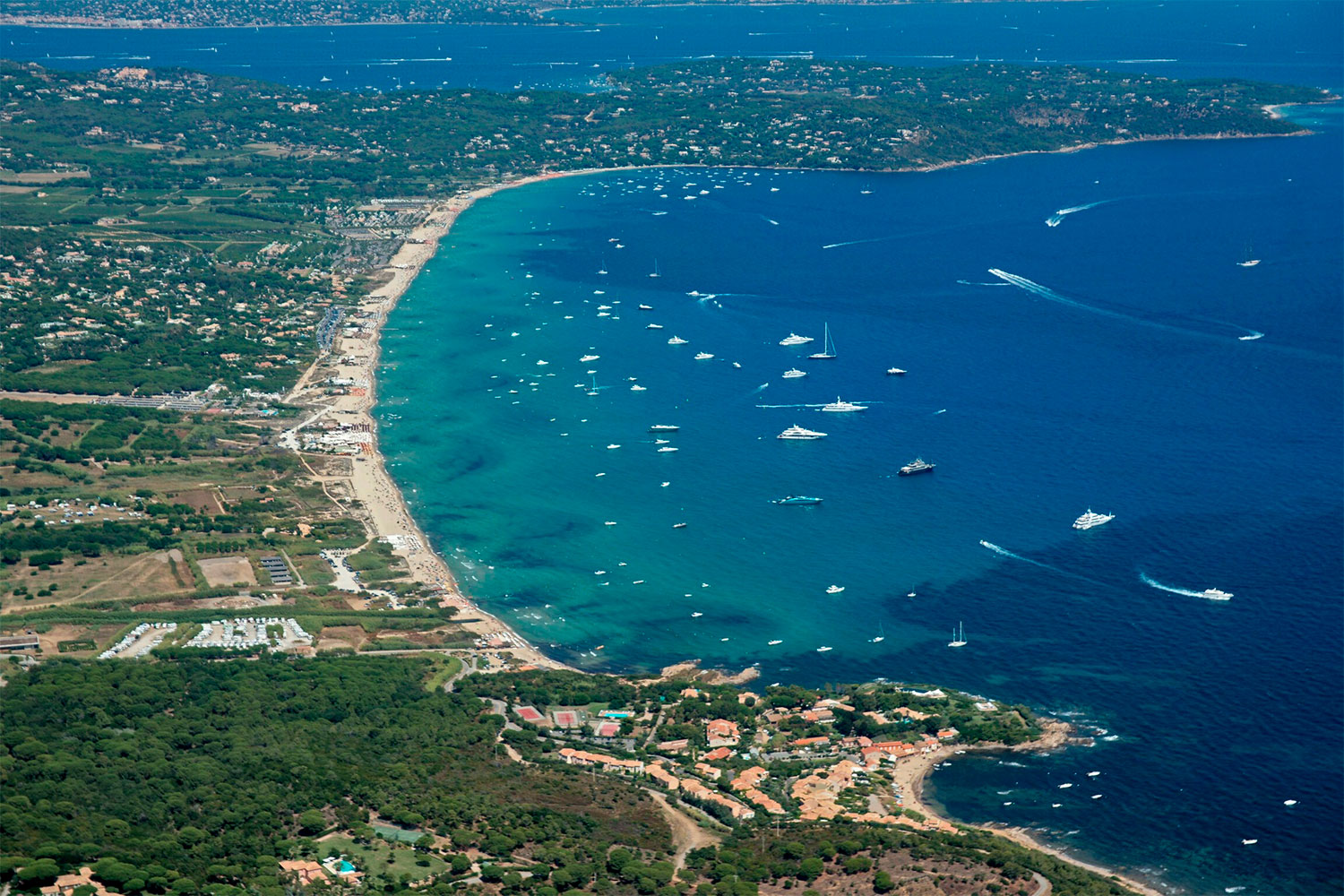From private beaches to mega-yachts and rising hotel rates, here’s why St Tropez still dominates summer in France and the South of France tourism market.
St Tropez, a former fishing village on the French Riviera, has become one of the most concentrated luxury tourism destinations in Europe. Once romanticized by artists and later catapulted into international fame in the 1960s, today it functions as a complex economic and social ecosystem that attracts high-net-worth individuals, seasonal workers, influencers, and entrepreneurs. The reasons behind the ongoing popularity of St Tropez are multiple: exclusive beach clubs like Club 55, a luxury retail environment, a harbor packed with superyachts, and a strong association with celebrity culture.
The town maintains its position due to its limited supply of real estate, stringent local regulations, and its logistical access from private aviation routes and helicopter services. Hotel prices peak at over €2,000 per night in the summer season, while berth fees for large yachts exceed €3,000 per day. Seasonal events like Les Voiles de Saint-Tropez contribute to year-round interest. The South of France is rich in coastal towns, but none rival the specific mix of exclusivity, branding, and economics found in St Tropez.
This article analyses the structural reasons why St Tropez remains a magnet for global elites, what drives its pricing models, and how tourism flows are evolving post-pandemic in the context of the summer in France.
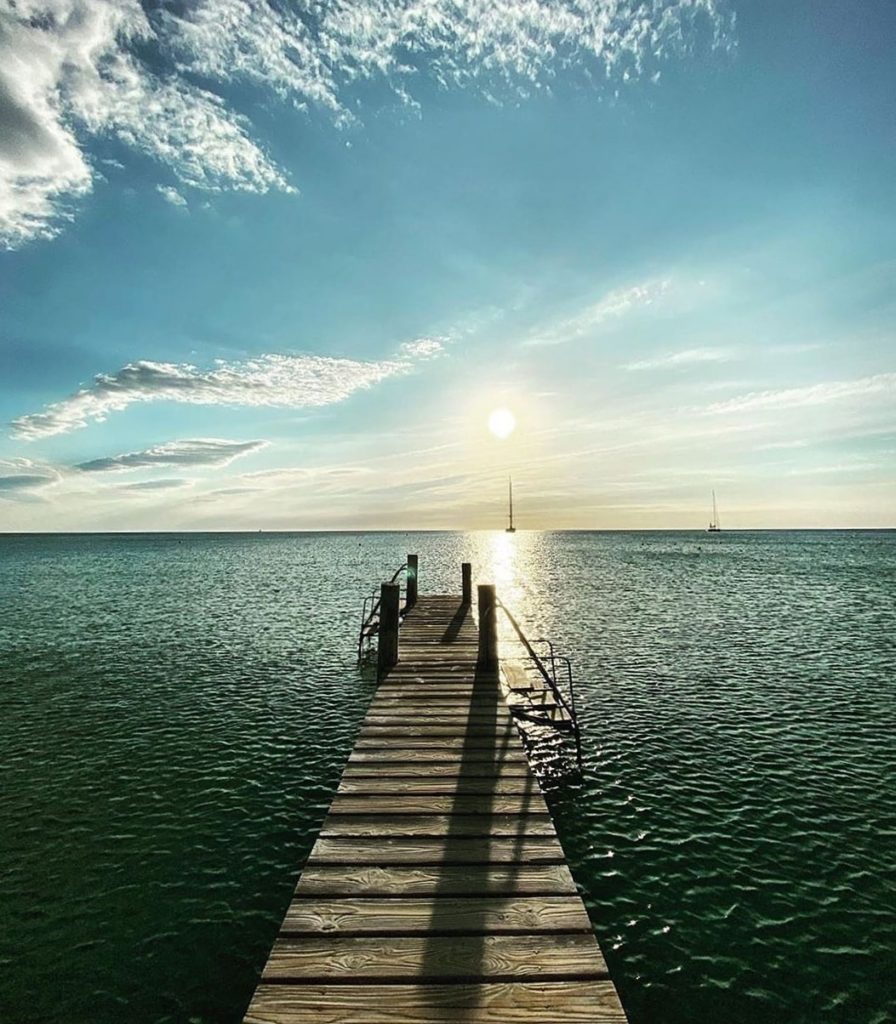
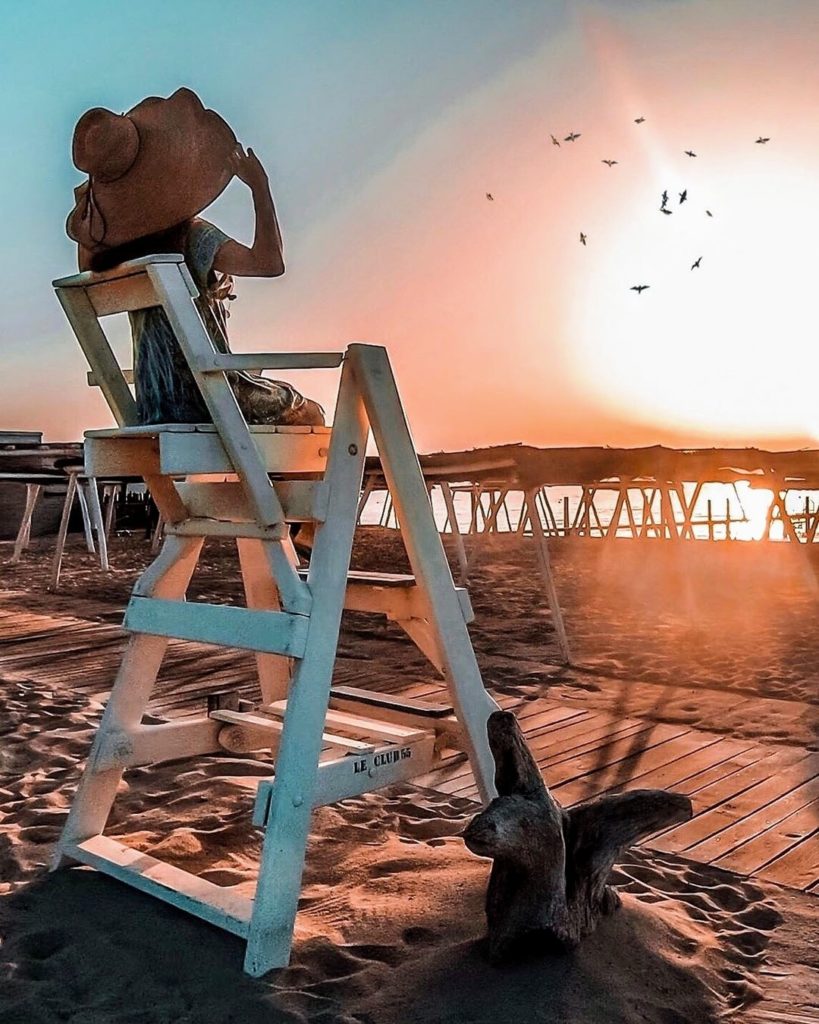
A history shaped by culture and branding
The transformation of St Tropez from a quiet Provençal port to an icon of summer in the South of France began in the early 20th century. Artists like Paul Signac and writers such as Colette brought early bohemian attention to the town. However, it was the 1956 film And God Created Woman starring Brigitte Bardot that triggered a wave of media exposure.
This sudden influx of interest aligned with the post-war economic boom in Europe and the rise of car-based tourism from Paris. The local municipality, rather than industrializing or expanding infrastructure, preserved the architectural charm and limited high-density development. This approach had the unintended consequence of creating scarcity, which today fuels both property prices and hotel room rates.
The myth of St Tropez was further entrenched during the 1970s and 1980s by the “Jet Set” culture, with figures like Gunter Sachs, Karl Lagerfeld, and Mick Jagger making regular appearances. Today, the continuation of this image is maintained via Instagram, lifestyle branding, and a powerful luxury marketing machine centered on a curated mix of heritage and excess.
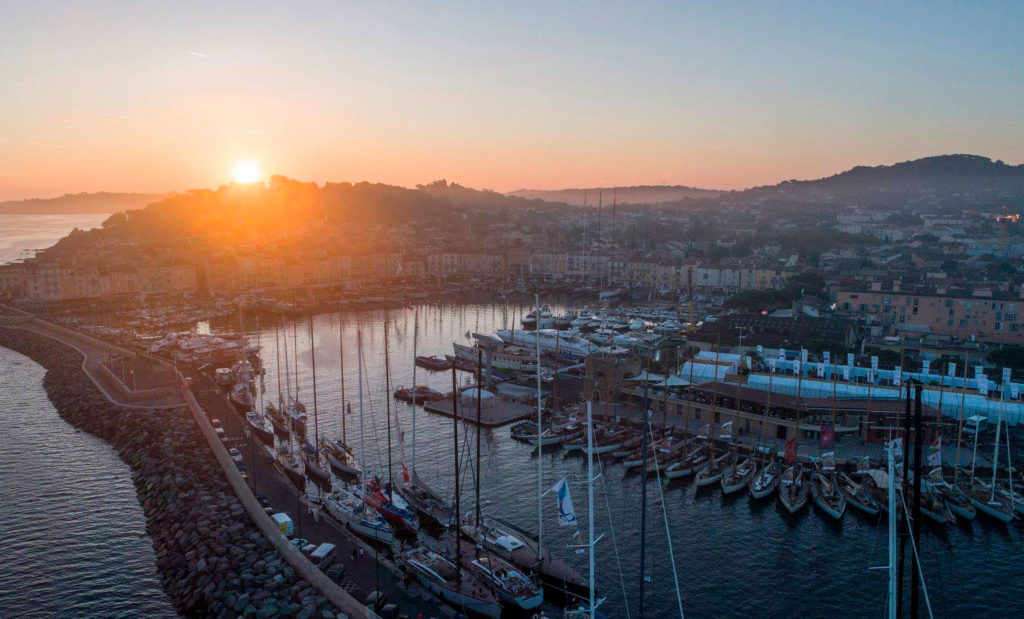
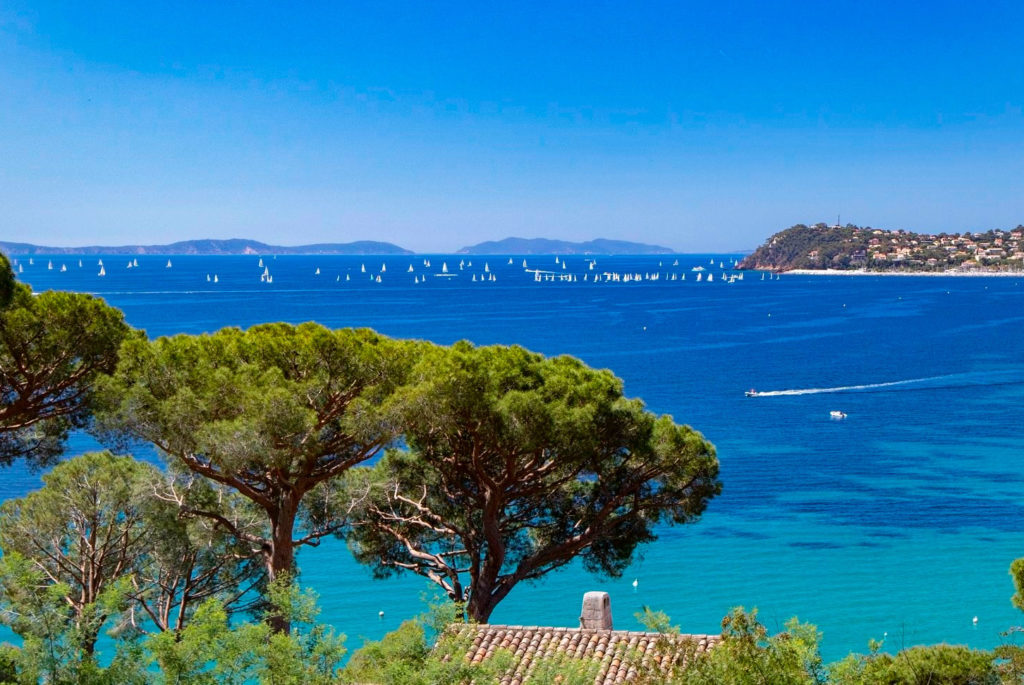
A micro-economy driven by limited capacity
The summer economy in St Tropez operates within rigid constraints. The village has only around 4,300 permanent residents, but swells to over 100,000 people per day during the peak season from June to September. Hotel availability is capped at fewer than 30 luxury hotels, and private villa rentals command between €25,000 and €100,000 per week.
Yacht mooring is strictly limited in Port de Saint-Tropez, which holds only 734 berths. For yachts longer than 30 meters, prices can rise to €3,500 per day, excluding utilities and staff. This artificial limit allows businesses to operate in a high-demand, low-supply model.
Major clubs like Club 55, Nikki Beach, and Les Palmiers have shifted from seasonal restaurants to full-scale hospitality brands with year-round influence. Reservations in high season often require agency connections or concierge services, further limiting access and reinforcing exclusivity.
The town’s public services, including security, waste management, and port authority staffing, are also scaled seasonally. This results in a model that revolves around extreme seasonality, compressing annual revenue generation into a three-month period.
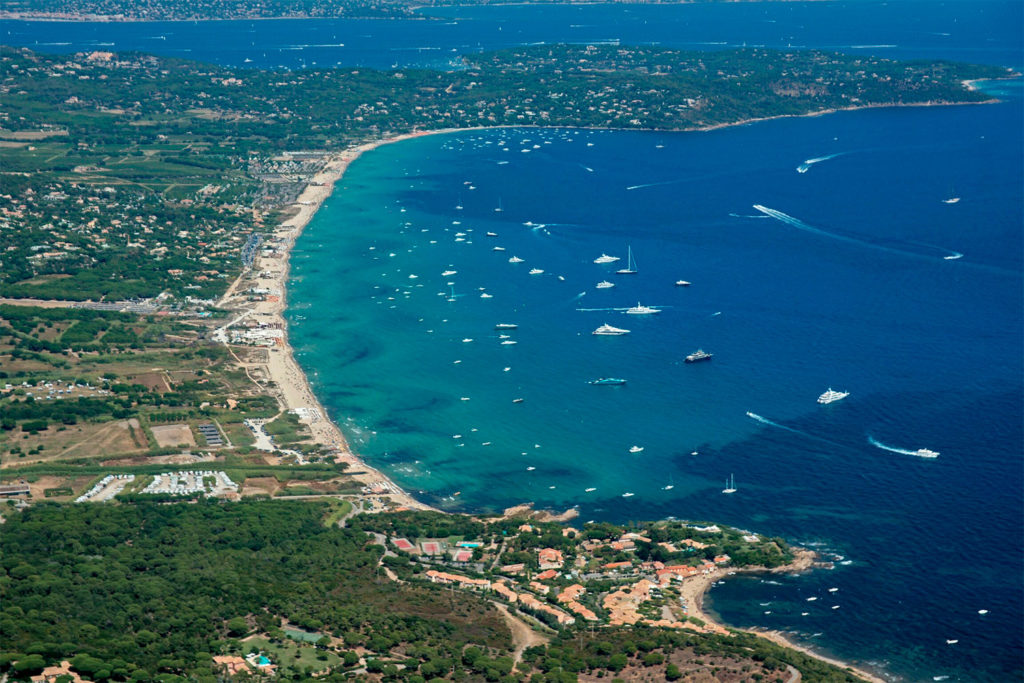
A luxury logistics hub: private jets, helicopters, and concierge services
Access is a major barrier for most destinations, but St Tropez has turned its relative isolation into a selling point. The closest commercial airport is Nice Côte d’Azur Airport, located 105 km away. For most affluent visitors, the solution lies in helicopter transfers, with companies like Azur Hélicoptère offering 20-minute trips for €950–€1,200 per person.
The La Môle–Saint-Tropez Airport (LTT) handles private jet traffic, with around 7,000 business jet movements annually, according to Eurocontrol data. Ground services and FBO support are specifically structured for high-net-worth individuals, including on-demand customs clearance and armored vehicle pick-up.
Concierge services operate as full businesses. Companies such as St Tropez House, My Private Villas, and Deluxe Drivers arrange villa rentals, reservations, security, and private events. These support industries feed off the luxury ecosystem and are part of what keeps the demand structure intact.
In peak season, the ratio of support staff to visitors is exceptionally high, with an estimated 10,000 seasonal workers employed in hospitality, transport, and retail in St Tropez and surrounding communes.
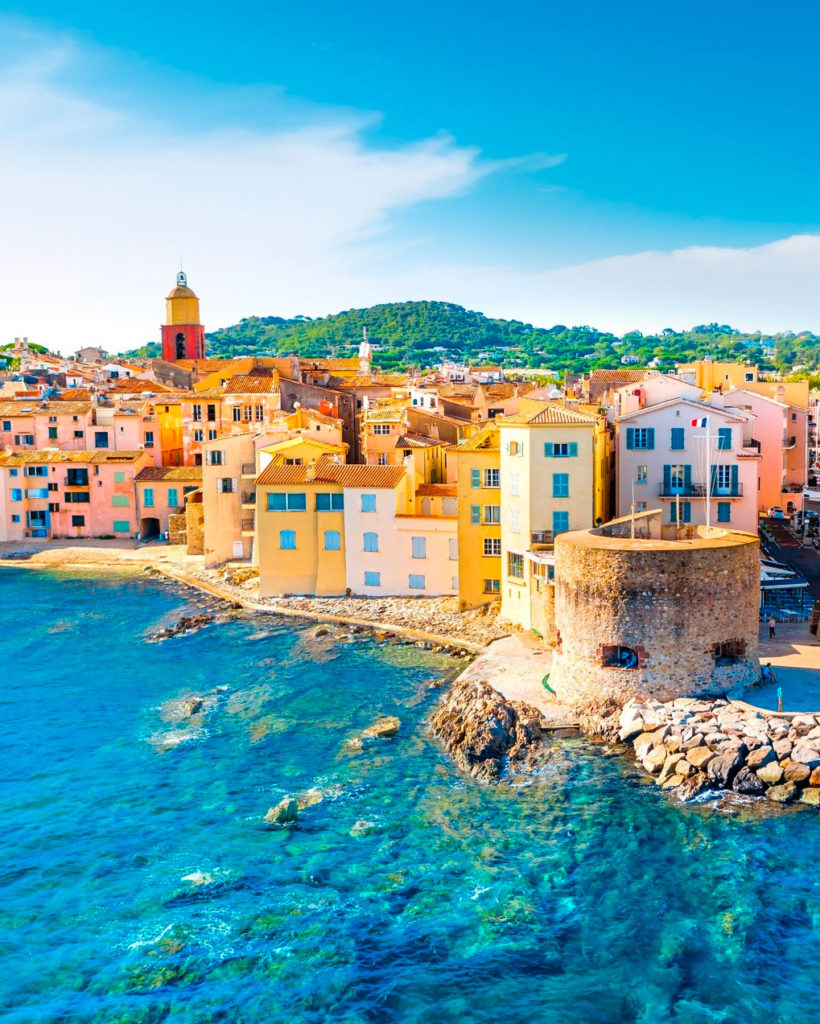
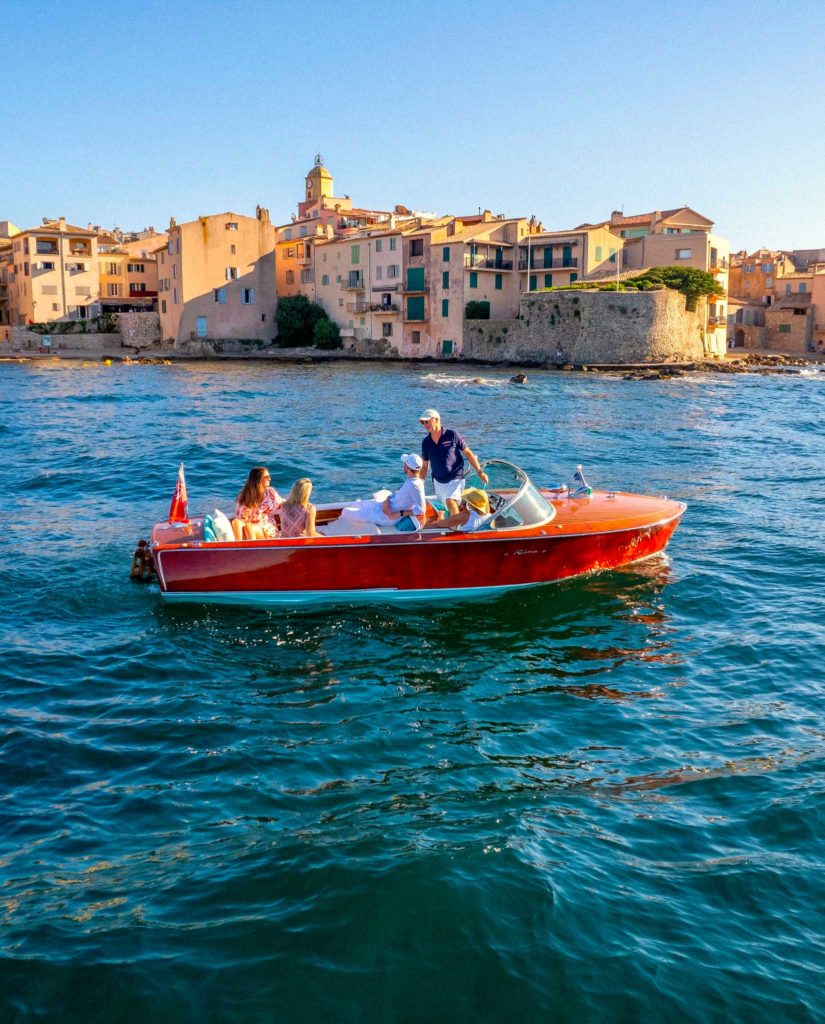
The role of fashion, media and influencer economy
Luxury brands have identified St Tropez as a high-impact marketing platform. Chanel, Louis Vuitton, and Dior operate summer pop-ups or permanent boutiques, with limited-edition merchandise and exclusive launch events tailored for wealthy clientele.
Social media amplification further boosts the town’s visibility. Influencers with over 1 million followers frequently negotiate brand-sponsored stays, meals, or events, with content geo-tagged to St Tropez locations. This reinforces the location’s position within the global algorithm of aspirational travel content.
During Paris Haute Couture Week, brands often extend the season with after-parties or retreats in St Tropez, blending fashion with lifestyle branding. The value of a photo taken at Le Byblos Hotel or on a yacht in Pampelonne Bay can exceed traditional advertising impressions in ROI calculations for luxury marketing departments.
The synergy between luxury marketing and destination branding has made St Tropez not only a tourist destination but a product placement zone for global luxury strategy.
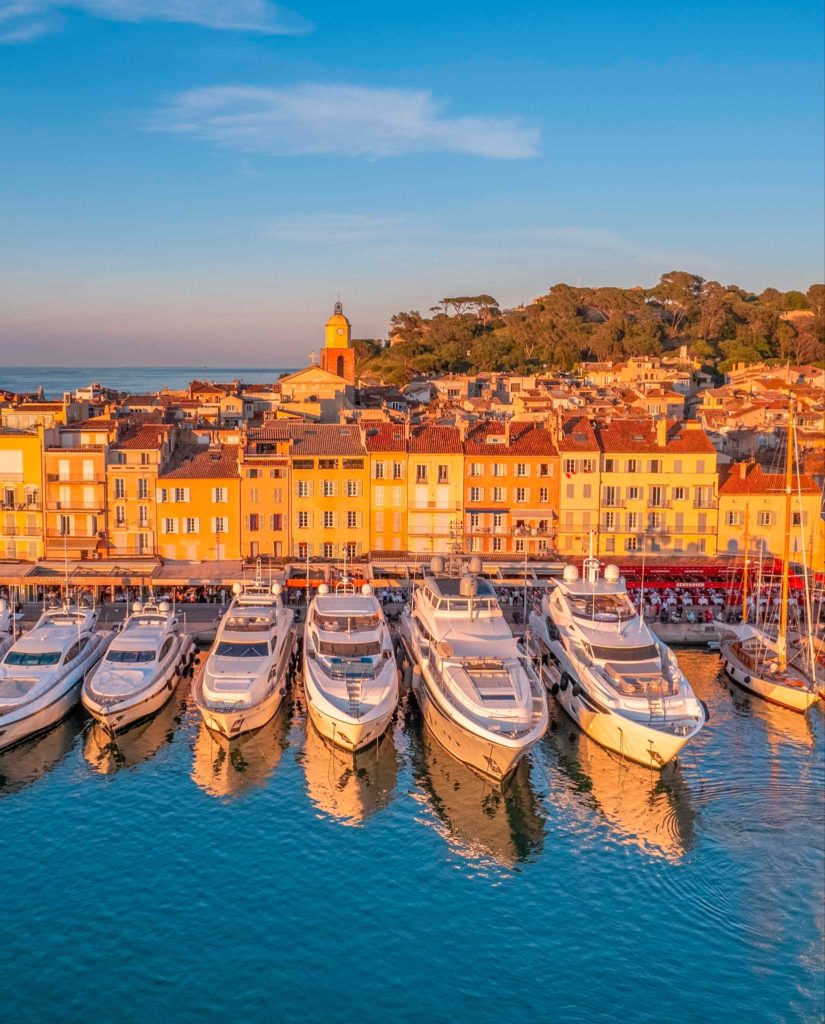
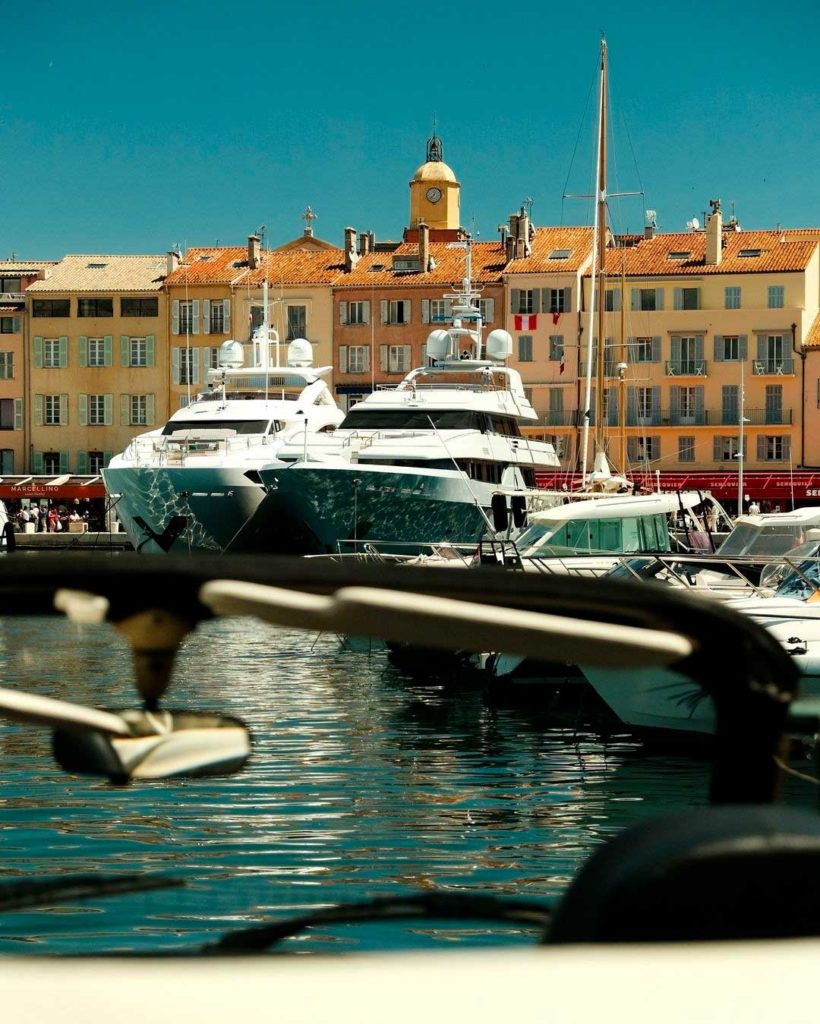
Impact of changing demographics and rising competition
While St Tropez maintains its dominance, there are emerging challenges. Younger luxury travelers, particularly Gen Z and Millennials, show increased interest in destinations like Ibiza, Mykonos, or Capri, which offer comparable lifestyle options with fewer access limitations.
Nevertheless, the average age of villa renters in St Tropez remains high, at 47 years, according to hospitality data published in 2024. The older clientele favors the brand continuity, privacy, and concierge-level services of St Tropez, unlike trend-sensitive younger travelers.
To address this, new venues such as Casa Amor and Loulou Ramatuelle have updated the beach club experience with more casual aesthetics and curated DJ sets aimed at bridging generations.
Another factor is climate pressure. Temperatures regularly exceed 33°C in August, straining infrastructure and changing travel behaviors. However, the shoulder seasons (May–June and September–October) are seeing growth, with hotel occupancy in May 2024 reaching 82%, up from 71% in 2019.
A controlled exclusivity as a business model
The strength of St Tropez lies in a business model based on scarcity, control, and reputation economy. Its limited physical capacity allows for price inelasticity across accommodation, services, and mooring fees. At the same time, the symbiosis with fashion, celebrity, and social media ensures ongoing relevance, particularly in summer in France and the South of France travel industry.
While alternatives are growing, few replicate the interdependent ecosystem of high-end retail, concierge logistics, seasonal events, and heritage branding that keeps St Tropez at the center of the global bling tourism map.
Its future will depend on how well it can adapt to demographic shifts, ecological pressures, and shifts in luxury consumption—but for now, St Tropez remains the standard reference for elite summer tourism on the French Riviera.
XperienceFrance is your travel specialist in France.
